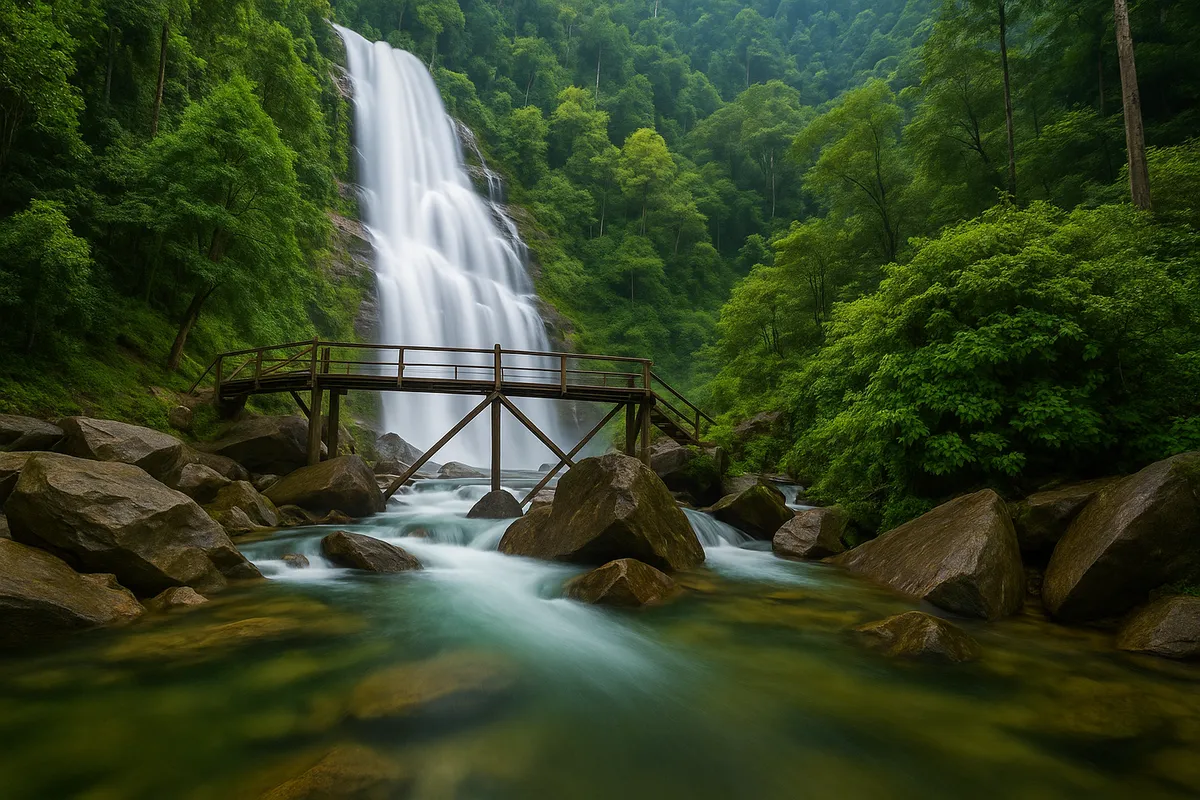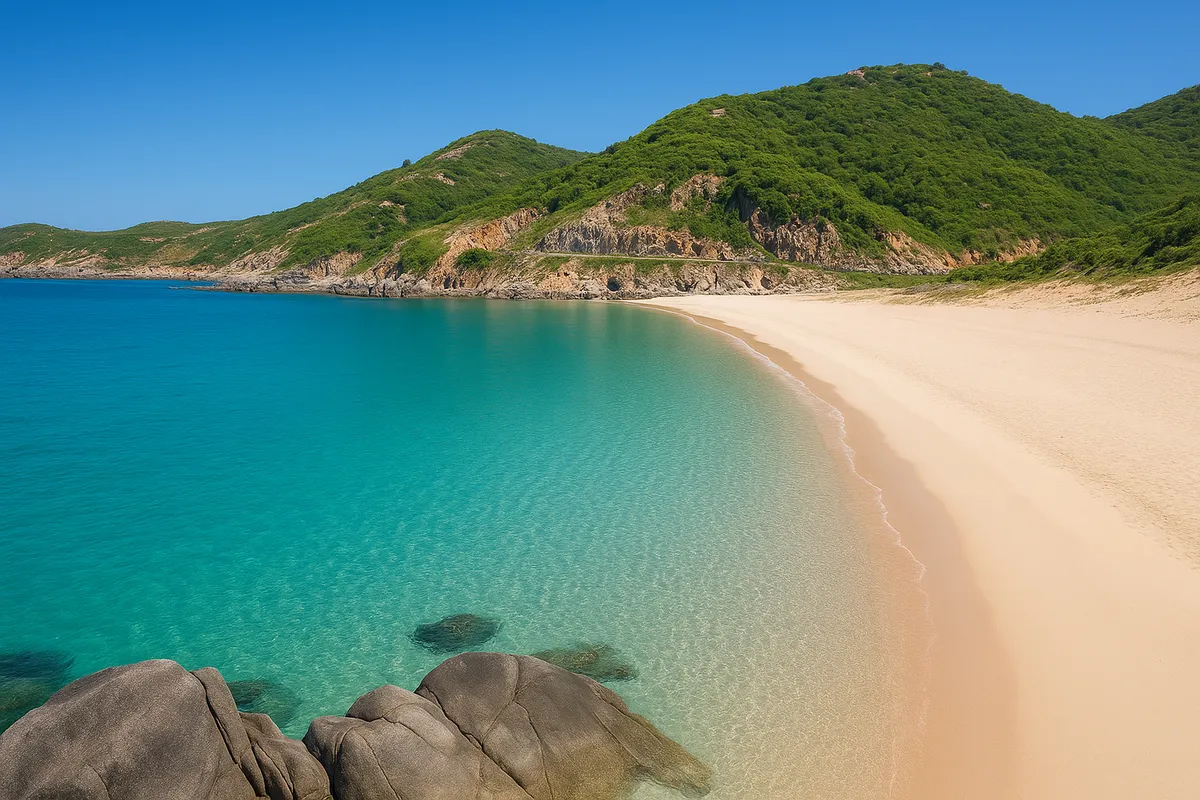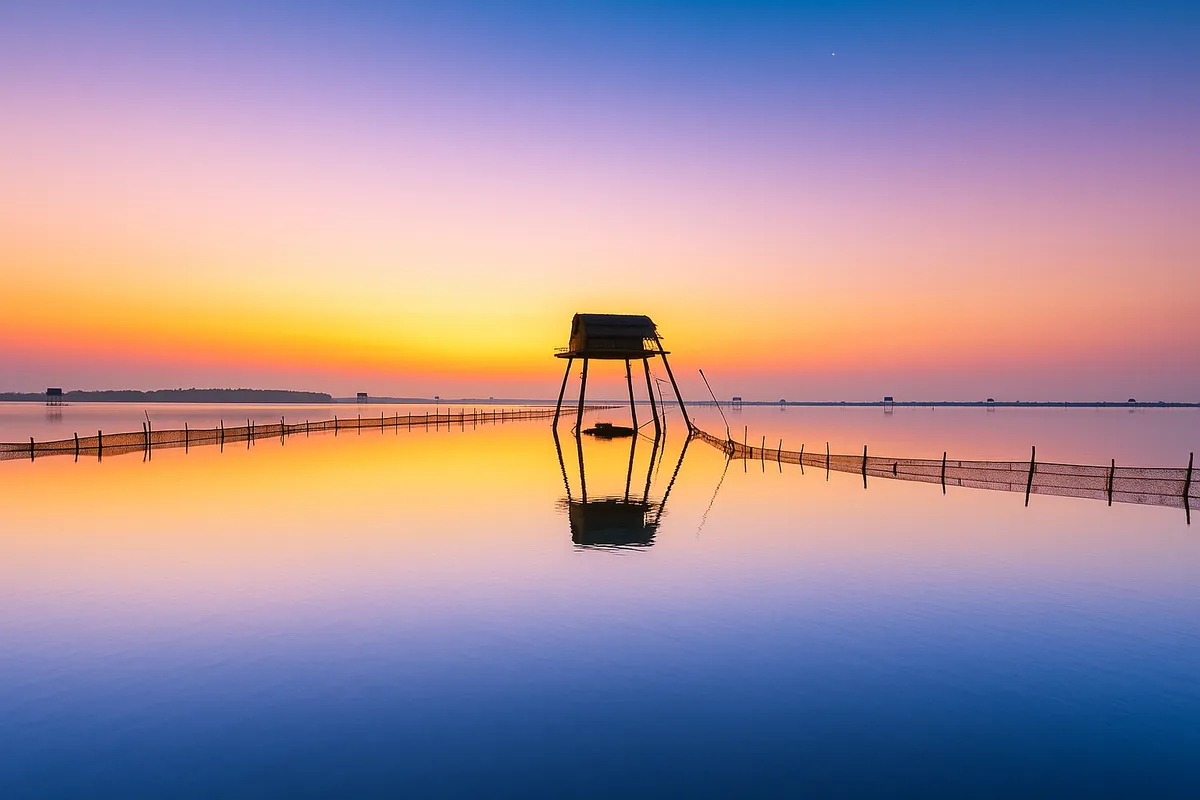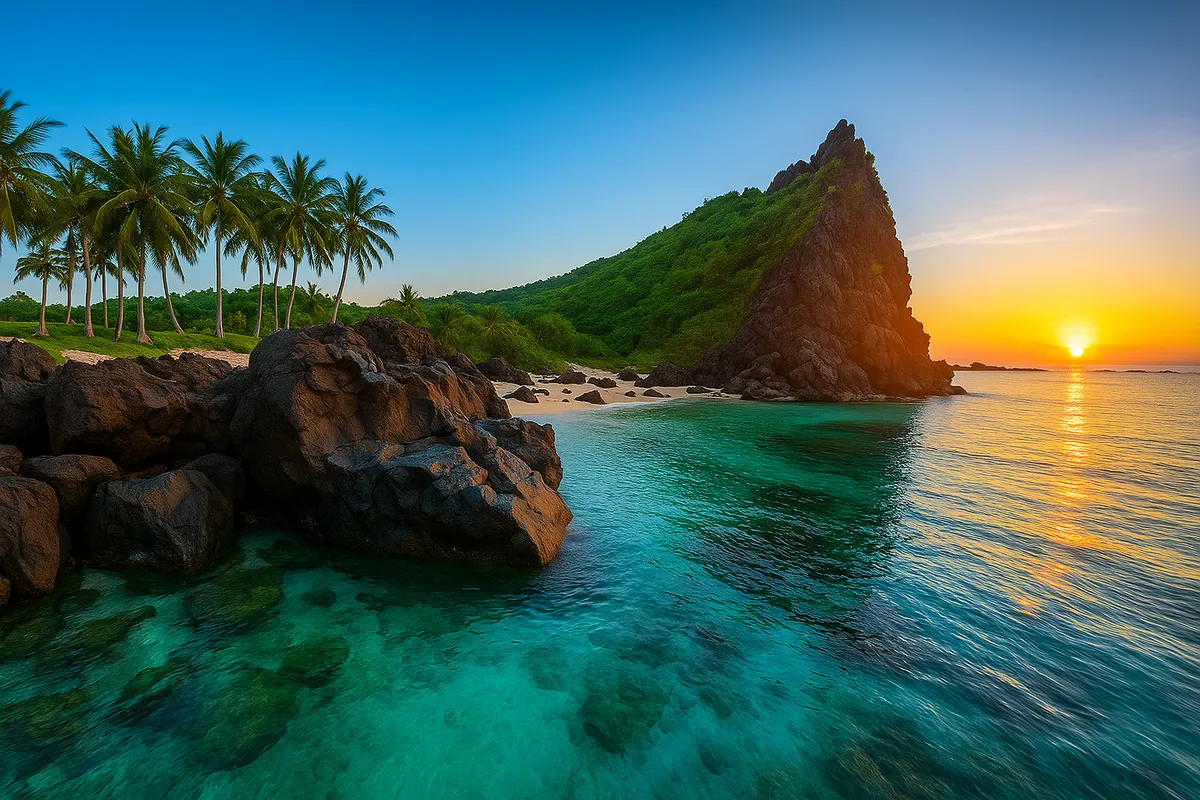Pu Mat National Park, mysterious pristine beauty
- Tuesday, May 13, 2025, 11:51 (GMT+7)
Pu Mat National Park, mysterious pristine beauty
Pu Mat National Park rests quietly in the land of Nghe An like a hidden fairytale valley carefully veiled by nature. In the sun drenched heat of central Vietnam, where scorching winds and dry light often prevail, there emerges a deep green forest, cool and secretive, where birds sing across ancient canopies and streams whisper stories from a thousand years ago. Just one visit, and memory feels as if touched, with time suspended among the endless foliage, in rays of sunlight gliding over water, in the raw sounds untouched by urban decay.
Pu Mat means dense forest in ancient Thai. True to its name, this primeval rainforest stretches over 94000 hectares, embracing the mountainous western buffer zone of Nghe An Province along the border with Laos. It is one of the three core areas of the Western Nghe An Biosphere Reserve recognized by UNESCO. But unlike the overwhelming magnificence of more familiar landmarks, Pu Mat draws people in with a different rhythm, quieter and deeper, like a lullaby from the ancient woods echoing through the human dreamscape.
When the morning sun peeks through the mist, the entire forest glows like a tapestry woven from countless shades of green. There is the emerald of moss, the tender jade of newly sprouted leaves, and the solemn patina on century old trunks. The canopy arches skyward, its branches and leaves intertwined like the vaulted ceiling of a natural cathedral, turning every step along narrow trails into a sacred journey. Above, shafts of sunlight pierce the foliage like arrows of light. Below, the forest floor is cushioned with thick fallen leaves, and the scent of earth is rich with timelessness, warm and still.
Home to more than 2500 species of flora and fauna, including rare and endangered animals like the saola, the white cheeked gibbon, the red shanked douc, and ancient agarwood, Pu Mat is not only a natural sanctuary but also a living museum of memory and culture. This land once held key revolutionary operations, served as a resistance corridor, and bore the footsteps of generations who ventured into the forest, carved paths, and protected the trees with sweat and blood. The Thai, Kho Mu, and O Du ethnic groups have lived here for generations, regarding the forest as flesh and blood, worshipping ancient trees as sacred, and speaking of streams like beloved kin.
The forest of Pu Mat does more than remain green. It tells stories. Stories like the cave Tham Nang Man and its tragic legend of a loyal Kho Mu girl turned to stone awaiting her lover. Or the poetic Giang stream, where the sound of rushing water echoes like a love flute in the wilderness. And the Kem waterfall, nearly 150 meters high, cascading like a white silk scarf dropped by unseen hands, both majestic and tender, both wild and enchanting.
Unlike commercialized tourist sites, Pu Mat remains almost untouched. No towering hotels or flashy resorts, only quiet stilt houses nestled against hillsides, red fires warming the night, and humble meals of forest greens, stream fish, and sticky rice cooked in bamboo. In the cool mountain air under a star filled sky, the sound of a Mong flute drifting from afar makes every worry from city life seem to vanish.
Each season in Pu Mat offers a unique charm. In spring, the forest bursts with color, with vibrant red po lang flowers blooming against a backdrop of endless green. Summer is perfect for stream bathing, exploring the Kem waterfall, or trekking to the summit of Pu Mat which stands nearly 1840 meters tall. Autumn blankets the forest in the warm scent of changing leaves. Winter becomes a ballad of mist and breeze, cloaking the land in cinematic fog that makes each step feel like walking into a dream.
The journey to Pu Mat is part of the adventure. From the center of Vinh City, travelers follow Highway 7 for more than 130 kilometers westward to Con Cuong town, the gateway to the national park. The road winds along the Lam River, twisting past limestone fields and mountain slopes, forming a route so beautiful it steals the breath. Motorbikes can be rented for a more intimate exploration of narrow forest paths, or cars can be used for group trips.
The cuisine here is a soul of the mountains. Charcoal grilled fish wrapped in forest leaves, hill chicken grilled with traditional spices, sticky rice with peanut salt, and traditional rice wine fermented from forest herbs. Every dish tells a story through flavor, leaving people full not just in body but in memory. Some jokingly say, to visit Pu Mat, you must eat like the forest people, simple, primal, yet deeply memorable.
Some things in Pu Mat cannot be found on any map. The clear eyed gaze of Thai children playing by the stream. The distant sound of cowbells echoing through the dusk forest. The moment of stillness before a waterfall, each drop splashing against your face like touching the untouched within yourself. And perhaps also not on any map is the feeling after leaving, not wanting to go, not wanting to return just yet, as if the heart is still wandering somewhere beneath those whispering trees.
Pu Mat is not for those seeking noise and excitement. It is for those patient enough to hear the forest breathe, still enough to see beauty in a fallen leaf or a dew drop resting on a blade of grass. This place does not dazzle with glamour, but quietly sows a lasting longing, gentle, deep, and beyond words.
There are places not meant to pass through but to return to someday, somehow, when the heart stirs again with the breeze and the call of birds. Then one might finally understand why Pu Mat forest speaks little, yet makes you hear more than anything else ever could.

 CHECKIN.VN
CHECKIN.VN








Share on